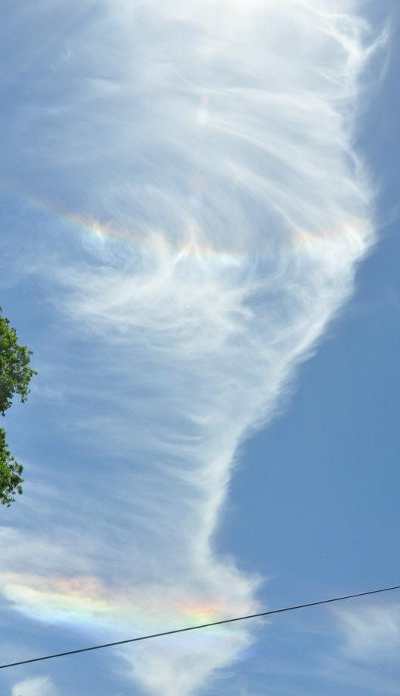- Elizabeth Larson
- Posted On
Kelseyville Unified and teachers’ union reach agreement on salary, benefits
KELSEYVILLE, Calif. – Nearly a year’s worth of negotiations have resulted in an agreement on salary and benefits for teachers in the Kelseyville Unified School District.
The updated collective bargaining agreement between the district and the Kelseyville Unified Teachers Association was ratified at a special meeting of the district’s board of trustees on April 30, according to district Superintendent Dave McQueen.
The vote was 4-0, with Trustee Gary Olson – whose wife is a teacher in the district – recusing himself, McQueen said.
The agreement – part of the teachers’ overall contract, which McQueen said goes through 2013 – is effective July 1 of this year through June 30, 2014, according to district documents.
“It was a long, tedious process,” said Rico Abordo, president of the 85-member association.
While sacrifices were made on both sides, “This was an agreement we feel we can live with and are appreciative it got settled and resolved,” Abordo said.
Abordo explained that the association’s contract with the district is for three years, but every year salary and benefits are open for discussion. The negotiations on the collective bargaining agreement lasted for about 10 to 11 months.
The new agreement’s main points revolve around a cap on health benefits and minor salary increases this year and next, as well as renewed stipends for bilingual teachers and an increase to $32 per hour for those teaching summer school.
McQueen said the benefits cap and salary were the main changes. “Everything else is pretty much the way it’s been.”
One of the bargaining issues was a $16,000 cap on health benefits that becomes effective July 1.
“That was monumental. That was the pivotal issue,” said Abordo.
McQueen agreed that it was a key issue. That’s because previously the district’s teachers had no cap on health benefits, he said.
Abordo said Kelseyville’s teachers have considered insurance part of a compensation package that was the highest in terms of benefits in the county.
With the rising cost in health care – and the district getting an annual increase in insurance costs averaging between 7 and 12 percent – not having a cap had made the district financially unhealthy, McQueen explained.
The health care cap agreement for the teachers brings all of the district’s employee bargaining units into line, with the same $16,000 cap, McQueen said.
District projections show that the cap will save the district close to $1.2 million over the coming two school years. This year’s costs total $1.6 million, and were projected to grow to nearly $1.8 million next year and $1.95 million in 2013-14. Now 2012-13 and 2013-14 are estimated to cost just over $1.25 million each.
McQueen said the changes will help the district plan for the future and have more accurate multiyear projections.
Abordo said the association is reviewing a tiered rate structure for health benefits with five plans available. They will meet to discuss and identify those plans Thursday, as all changes must be made by July 1.
The other key aspect of the agreement was a 2 percent salary increase, effective this coming July 1, and a 2.5-percent salary increase effective July 1, 2013.
“The salary increase helped to kind of soften the blow of the huge hit that they’re taking in taking the cap,” said McQueen. “They’re still losing but they’re not losing as much.”
Abordo said a salary increase was a long time in coming. “We have not had any movement on our salary schedule for six years.”
Even with the salary increase, the district is projected to save close to $900,000 over the coming two fiscal years due to the health insurance savings, according to district documents.
The California Department of Education last year placed Kelseyville Unified in qualified status over concerns that it couldn’t meet its financial obligations. Since then the Lake County Office of Education has offered financial oversight for the district.
McQueen said the Lake County Office of Education signed off on the collective bargaining agreement.
One subsequent point of disagreement between the district and teachers’ union was the layoff of the equivalent of 7.75 full-time teaching positions, which the Kelseyville Unified Board of Trustees voted to approve at a special meeting on Tuesday night.
Abordo said the union believed the district could have safely maintained those jobs.
He said the district is “grossly understaffed,” and counting retirees and the recent layoffs will be down 13 additional staff members.
Email Elizabeth Larson at This email address is being protected from spambots. You need JavaScript enabled to view it. .
043012 KeUSD and KUTA Agreement
 How to resolve AdBlock issue?
How to resolve AdBlock issue? 







